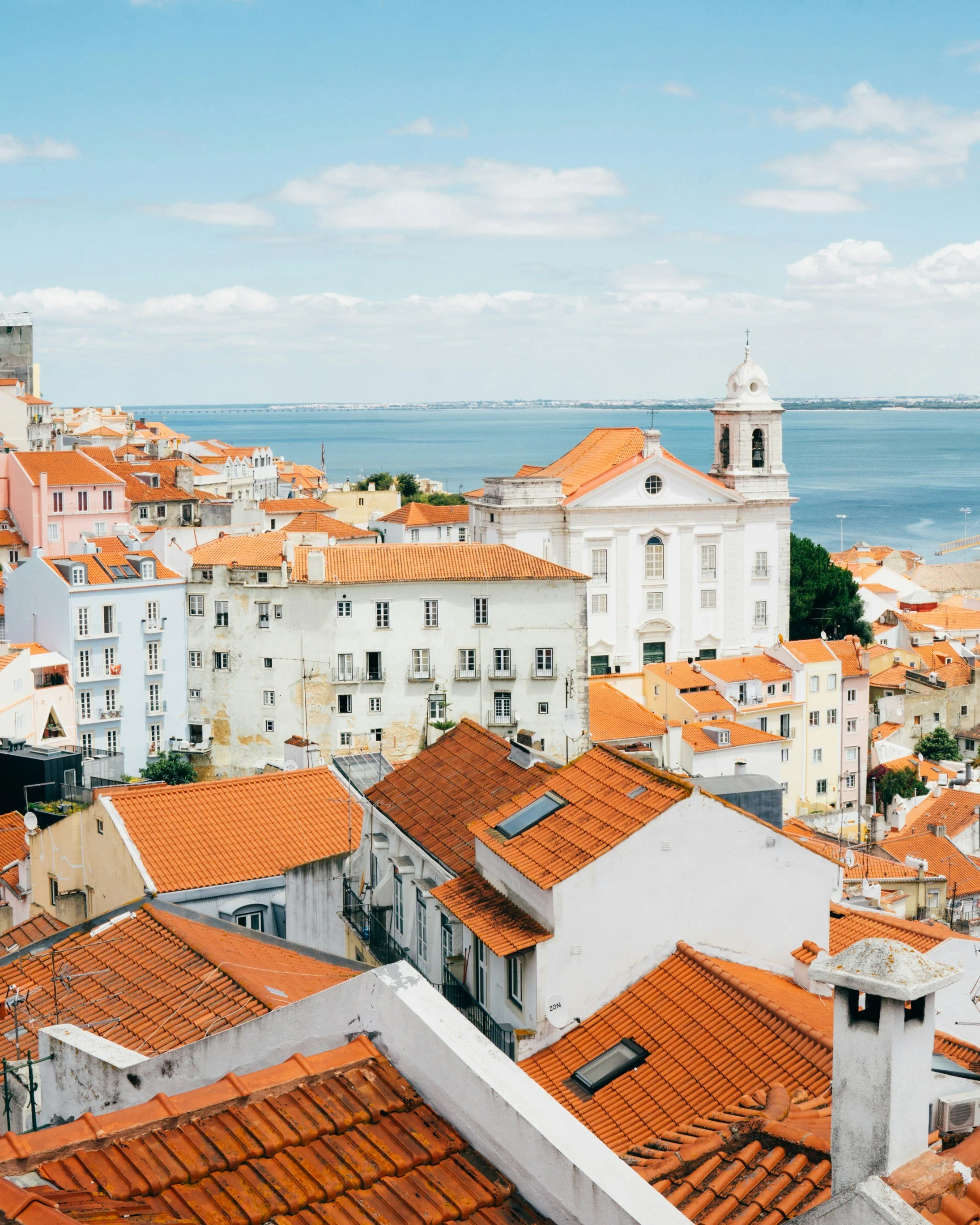Batumi, a vibrant city located on the coast of the Black Sea in Georgia, is renowned for its stunning architecture, rich history, and flourishing tourism. This dynamic city serves as a critical port and a significant cultural hub, attracting visitors from around the globe with its unique blend of modernity and tradition.
One of Batumi's most striking features is its skyline, which boasts an eclectic mix of architectural styles. The city has undergone significant transformation in recent years, leading to a surge of contemporary high-rises that stand alongside historical buildings. The Batumi Boulevard, stretching along the seaside, is a perfect example of this architectural juxtaposition, where visitors can wander past palm trees and fountains while enjoying views of the sea. Iconic sights such as the Alphabet Tower, shaped like a DNA strand and adorned with the Georgian alphabet, embody the city's modern spirit, while the elegant Neptune Fountain reminds us of Batumi's storied past. These structures not only enhance the aesthetic appeal of the city but also reflect the unique identity of Batumi, bridging the gap between its historical roots and its aspirations for the future.
The historical significance of Batumi is profound. Once a major trading post on the Silk Road, the city has witnessed various cultures and influences throughout its existence. The remnants of this history can be seen in the Old Town, where cobbled streets are lined with charming cafes and shops housed in buildings that date back to the 19th century. Architectural elements from different periods reflect the diverse heritage, including Gothic, Art Nouveau, and traditional Georgian styles. The Batumi Mosque and the Church of St. Nicholas stand as testaments to the city’s religious diversity and tolerance.
Cultural life in Batumi is vibrant and multifaceted. The city hosts numerous festivals and events throughout the year, celebrating everything from music to film to gastronomy. The Batumi International Art-House Film Festival is particularly noteworthy, drawing filmmakers and cinema lovers from various countries. Additionally, the local cuisine offers a delightful exploration of flavors, heavily featuring seafood due to the city’s coastal location. Traditional Georgian dishes such as khachapuri (cheese-filled bread) and khinkali (dumplings) can be enjoyed at many eateries, providing visitors with an authentic taste of the region.
Tourism is a crucial element of Batumi's economy, and the city has made significant investments in infrastructure to support its growth as a travel destination. The Batumi International Airport and the ongoing development of hotel accommodations cater to the increasing number of tourists seeking to experience everything the city has to offer. The seamless blend of beach relaxation and urban excitement makes Batumi an attractive spot for travelers looking for both adventure and leisure.
Natural beauty surrounds Batumi, enhancing its allure as a travel destination. The Adjara region is characterized by lush mountains and picturesque landscapes, offering opportunities for hiking and outdoor activities. The Batumi Botanical Garden, perched on a hillside overlooking the Black Sea, is a haven for nature lovers and provides a serene escape from the bustling city life. Visitors can immerse themselves in the diverse flora and scenic vistas, making it a must-visit location.
Batumi is a city that encapsulates a harmonious blend of history, culture, and modernity. Its unique architectural landscape, rich historical background, vibrant cultural scene, and stunning natural surroundings make it a remarkable destination. Whether one is drawn to explore its historic streets, relax by the beach, or indulge in delicious Georgian cuisine, Batumi promises an unforgettable experience for every visitor.







































